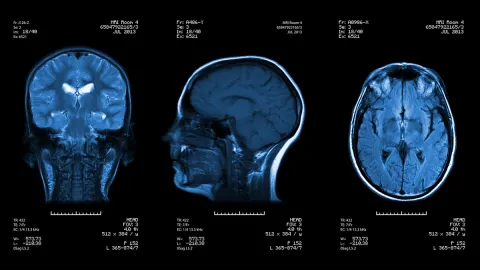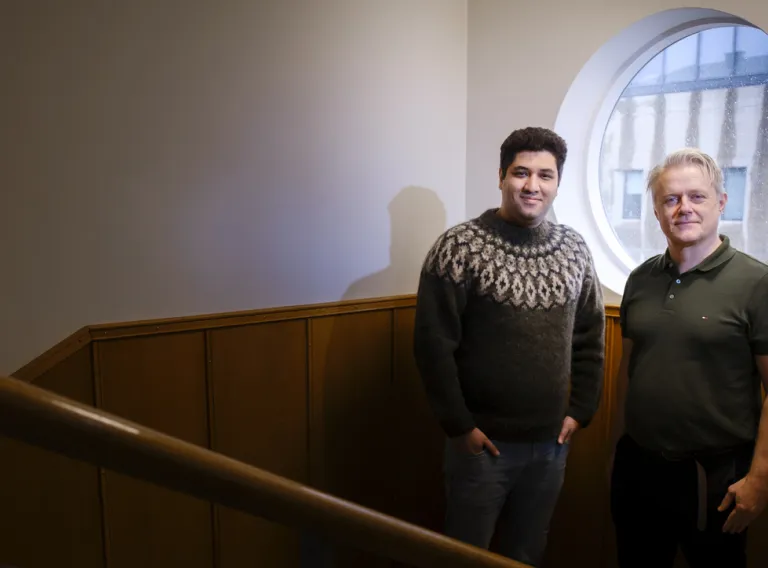
The University of Iceland is an open and international university where diversity is a priority. Over 1,500 international students from 100 countries study here. One of these is the doctoral candidate Mohsen Rafiei from Iran. He works on research in perception science at the University of Iceland’s Visionlab and will defend his thesis 10 December 2021.
Árni Kristjánsson, professor of psychology is Mohsen‘s main supervisor. Árni has primarily researched the human visual system, exploring how our attention and visual perception work together. Mohsen’s current project is to map out various tricks the brain uses when it comes to visual perception.
“Yes, I am born in Iran,” says Mohsen, and adds smiling that magnificent pristine nature can be found there, just like in Iceland – along with ancient culture and history, great food, and friendly people.
“I grew up with my wonderful parents and sister in Arak, a large industrial city in Iran. I finished my basic education there,” says Mohsen, who is also a proficient musician, his instrument of choice being the tanbur, an Iranian string instrument. He founded a band in Iran, and sometimes finds the opportunity to play in Iceland. His main passion is the science of perception, and this interest drew him all the way north to Iceland.
“Yes, it is remarkable,” says Mohsen and smiles. “Even though Iceland is a beautiful country with pristine nature the main attraction for me was working with Árni Kristjánsson at the University of Iceland. He is a well known and respected scientist internationally in the field I have chosen, perception science.”
The brain uses to tricks to simplify our perception
Concerning the doctoral study Árni Kristjánsson says that the human visual system needs to process an enormous amount of information that comes through the eye every moment they are open.
“Actually, the amount of information is so extensive that the brain has problems processing all of it. The visual system therefore uses various tricks and simplifications to process visual data. The visual system for example uses prior events and uses them to evaluate the stimuli in each moment.”
Árni says that Mohsen’s research clearly shows how our perception in each moment is dependant on what was seen in the moments just before.
“The brain uses prior experience or knowledge to weed out the chaos in the information the eye receives. I am interested in finding out what process this is in the brain and what neurological systems are involved,” says Mohsen.
Árni explains this complex perception process by referring to an experiment where the participants are shown a line with a certain incline and are subsequently asked to recreate the line’s incline on a computer screen. “The participants’ evaluation of the incline is influenced by stimuli from moments before they saw the line. This simple experiment shows how our perception not only reflects what the eye receives here and now, but also what we have recently seen.”
Árni says that the visual system thus assumes that the world around is not dynamic, but that stimuli in our environment recently are likely to stay the same, rather than new ones taking their place.
“Tricks like this,” says Árni, “make the visual system’s work easier, but can simultaneously lead to perception errors. This is rare, because the visual system is right in assuming that the world is not constantly changing. The things around us just recently are likely to remain so, though this may not always be the case.”
Mohsen says that everything we see is our personal interpretation of the multifarious light patterns that land on our eyes. “Why personal? Well, see, this is because everything you see is connected to older information in the brain and you prior experiences. I want to know how and why our perceptive history influences what we see.”
